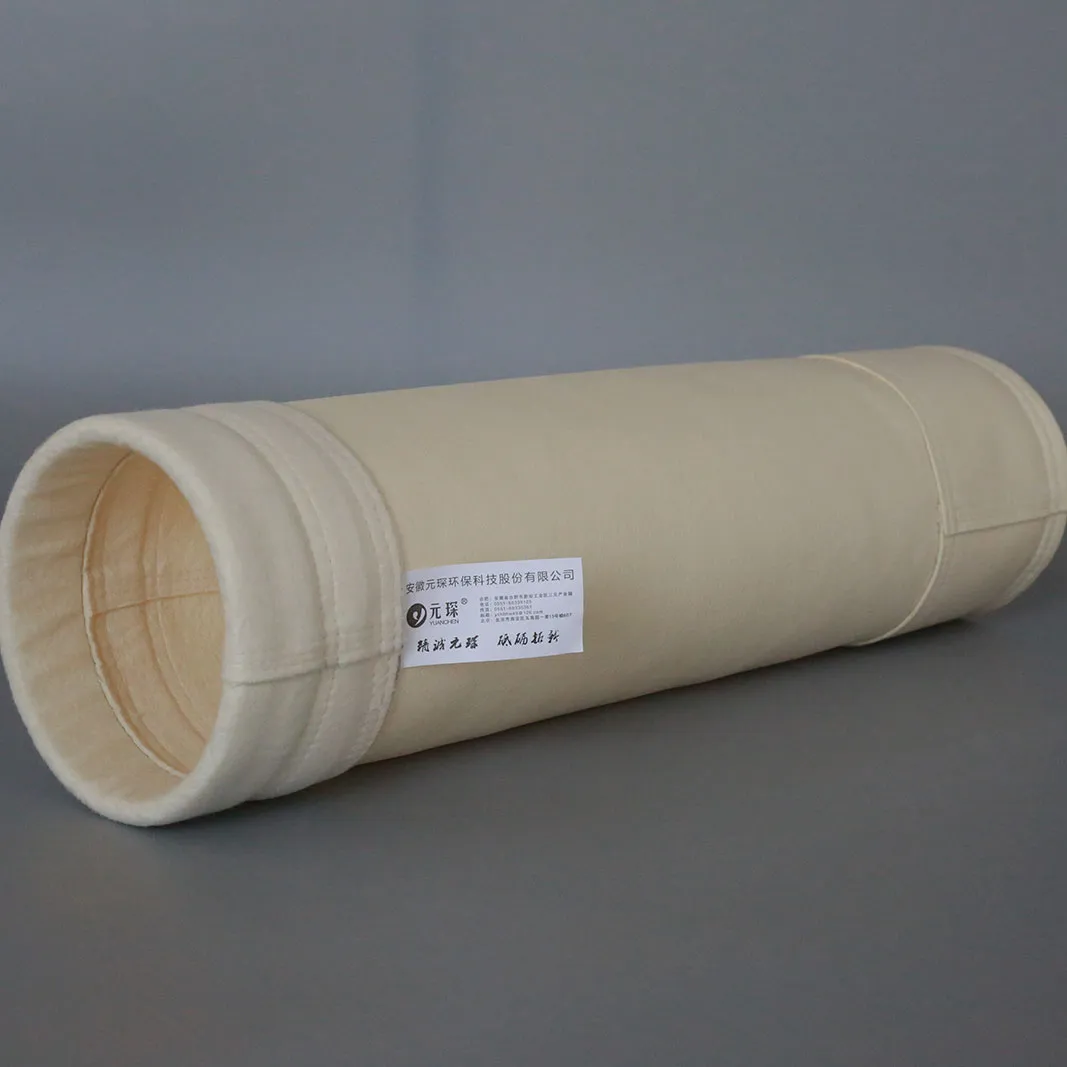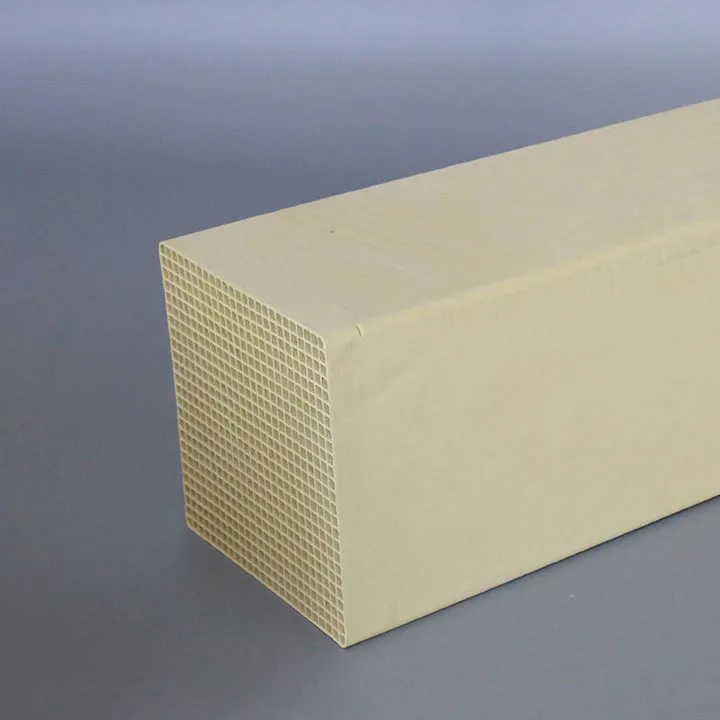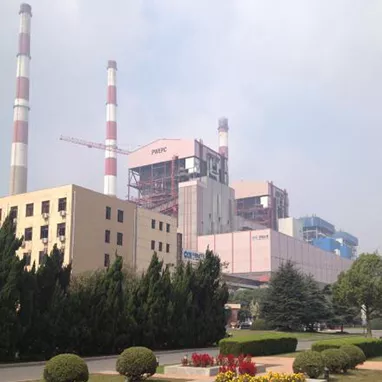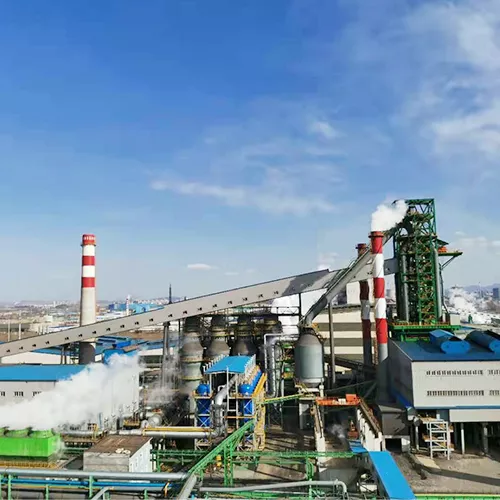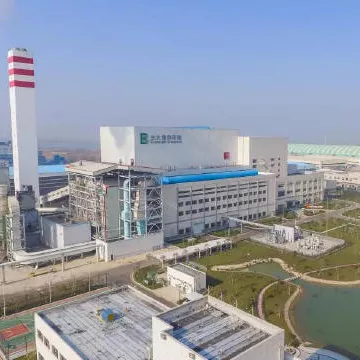How is Honeycomb Ceramic Made?
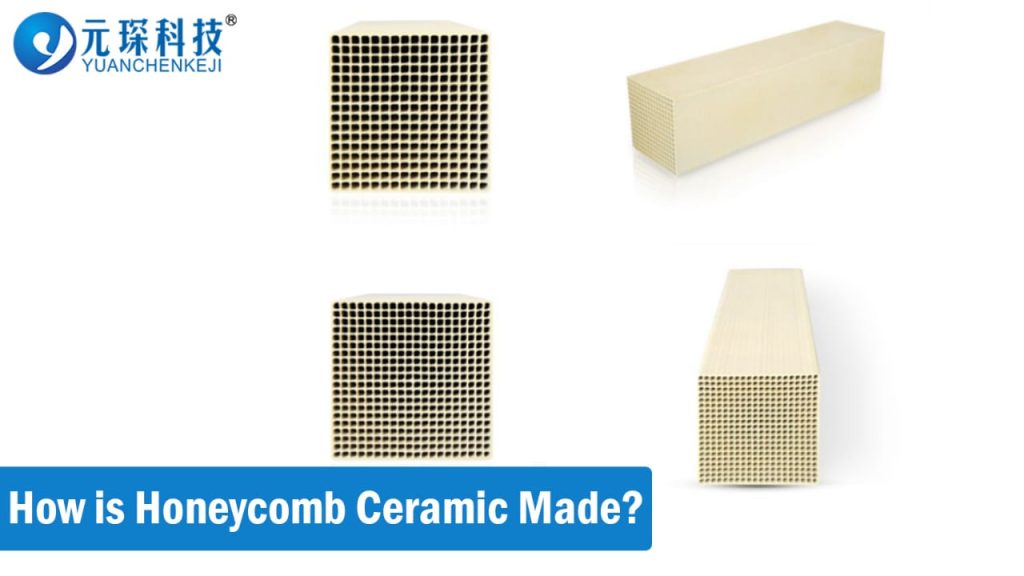
How is Honeycomb Ceramic Made: Honeycomb ceramics are a noteworthy breakthrough in the field of ceramic materials, distinguished by its unusual honeycomb-like architecture. This structure is made up of innumerable equal-sized holes organized in a regular pattern, much like the chambers of a beehive, thus the name "honeycomb."
Honeycomb ceramics are important in a number of industries due to their excellent characteristics. Let us see how honeycomb ceramics are made, and their applications in various industries.
What are Honeycomb Ceramics?
Honeycomb ceramics are named by its unusual structure, which resembles a honeycomb's hexagonal shape. This structure is made up of innumerable interconnecting channels or cells that form a network of passages across the ceramic material. Honeycomb ceramics are often made of a variety of ceramic materials, including alumina, silicon carbide, cordierite, or mullite. The materials used are determined by the individual application requirements, such as temperature resistance, chemical stability, or mechanical strength.
Properties of Honeycomb Ceramics
Here are some properties of these structures which make them so unique and useful across various sectors:
Stability and Durability
Honeycomb ceramics are notable for their remarkable stability and durability. The honeycomb's linked structure provides inherent strength and resilience to mechanical stress, making it appropriate for high-demand industrial applications. Honeycomb ceramics can tolerate high temperatures, corrosive conditions, and thermal stress with no deformation or structural collapse. This stability enables long-term performance and dependability in difficult working environments, increasing the efficiency and lifespan of industrial operations.
Heat Resistance
Honeycomb ceramics are very heat resistant, making them perfect for applications needing thermal insulation or heat control. The ceramic material used in honeycomb constructions has a high melting point and strong thermal conductivity, which allows it to effectively disperse heat while maintaining structural integrity at high temperatures. This feature is very useful in industries like automobile, where honeycomb ceramics are employed in catalytic converters to minimize emissions by effectively degrading dangerous pollutants at high temperatures.
Porosity and Surface Area
Another essential feature of honeycomb ceramics is their porosity and surface area. The honeycomb structure's interconnecting channels result in a significant interior surface area compared to material volume. This increased surface area improves the material's capacity to interact with gases and liquids, making honeycomb ceramics ideal for catalysis, filtration, and adsorption. Honeycomb ceramics' porosity may be adjusted to meet individual needs, allowing for fine control over fluid flow, diffusion, and reaction kinetics in a variety of industrial processes.
Honeycomb ceramics' unique qualities, including as structure, stability, heat resistance, porosity, and surface area, make them useful materials in a variety of industrial applications. By using these features, engineers and manufacturers may improve the efficiency, performance, and sustainability of their processes and products.
How is Honeycomb Ceramic Made?
Honeycomb ceramics are manufactured by utilizing a number of raw materials, who are made to go through complex chemical and engineering processes. Here is a detailed look into how it happens:
Raw Materials
Honeycomb ceramics are made from carefully selected raw materials, which contributes to their distinct features and appropriateness for a variety of uses. The basic raw ingredients usually include:
Kaolin:
A form of clay mineral distinguished by its exceptional purity and thermal stability.
Talc:
A mineral commonly utilized to increase the thermal shock resistance and mechanical strength of ceramics.
Aluminum powder:
Enhances strength and assists in the creation of the ceramic structure during firing.
Clay:
It adds plasticity and helps to bond the other components together.
Diatomaceous earth:
Known for its high porosity, it increases the ceramic's surface area, making it perfect for filtration applications.
Zeolites:
These porous materials enhance honeycomb ceramics' catalytic activity, notably in chemical processes.
Forming Process
The forming process is essential for molding raw materials into honeycomb structures. It generally includes the following steps:
Mixing:
The basic elements are carefully combined to form a uniform combination. This guarantees that the end product has uniform qualities and performance.
Extrusion:
The combined materials are then extruded via a die, forming a continuous honeycomb-shaped structure. This method contributes to the formation of honeycomb ceramics' complex channels and pores.
Drying:
Extruded ceramic honeycombs are thoroughly dried to eliminate excess moisture and preparation for burning. Proper drying avoids cracking and maintains structural integrity.
Firing Process
The fire process, also known as sintering, converts the dried honeycomb structures into long-lasting ceramic goods. This method includes the following stages:
Preheating:
The dried honeycomb structures are progressively heated to a predetermined temperature to eliminate any leftover moisture and organic substances. This preheating stage helps to avoid thermal shock during the subsequent firing.
Firing:
Preheated honeycomb constructions are fired in a kiln to temperatures ranging from 1000°C to 1500°C, depending on the composition and desired qualities. During this scorching process, raw materials undergo chemical and physical changes, which result in particle densification and bonding.
Cooling:
After the firing process, the ceramic honeycomb blocks are carefully cooled to room temperature to reduce thermal tensions and avoid breaking. Controlled cooling is required to maintain the structural integrity and dimensional stability of the finished product.
Surface Treatment and Coating
After firing, honeycomb ceramics can be surface treated and coated to improve their performance and compatibility for certain applications.
Catalyst Impregnation:
Honeycomb ceramics are sometimes impregnated with catalytic materials, such as precious metals, rare earth metals, or transition metals, to increase their catalytic activity. The ceramic honeycombs are soaked in a solution containing the suitable catalyst precursor, then dried and activated.
Surface Coating:
Surface coatings can be applied to honeycomb ceramics to increase their resistance to corrosion, abrasion, and chemical assault. Common coating materials include alumina, silica, and specialty polymer coatings.
Quality Control:
Throughout the production process, strict quality control techniques are used to guarantee that the honeycomb ceramics match the specified specifications and performance criteria. This involves inspecting raw materials, monitoring process parameters, and evaluating finished products for mechanical strength, thermal stability, and other important attributes.
Applications of Honeycomb Ceramics
Honeycomb ceramics have proven themselves to be extremely adaptable materials, with uses in a variety of sectors because to their unique characteristics and structure. Here are some of the major industries where honeycomb ceramics play an important role:
Automotive Industry:
Honeycomb ceramics are widely utilized in the automobile industry, especially in catalytic converters. They work as catalyst supports, converting toxic pollutants like carbon monoxide, nitrogen oxides, and hydrocarbons into less damaging chemicals via catalytic processes. Honeycomb ceramics are perfect for this use due to their large surface area and thermal stability, resulting in cleaner air and a lower environmental effect from cars.
Chemical Industry:
Honeycomb ceramics are used in several chemical processes, including chemical synthesis, gas purification, and filtration. Their porous nature facilitates mass transport and chemical reactions, and their excellent temperature tolerance makes them appropriate for usage in corrosive or high-temperature situations. Honeycomb ceramics are used as catalyst supports, adsorbents, and filter media in a variety of chemical processes, increasing efficiency and product quality.
Environmental Industry:
Honeycomb ceramics serve an important role in the environment, notably in air and water purification applications. They are employed in pollution control devices including diesel particulate filters (DPFs) and selective catalytic reduction (SCR) systems to remove pollutants from exhaust gases produced by industrial facilities, power plants, and cars. Honeycomb ceramics are also used in water treatment operations to remove toxins and impurities, which helps to clean up water sources and protect the environment.
Other Industries:
Honeycomb ceramics are used in a variety of industries, including:
Electric Power:
Honeycomb ceramics are used in power plants to treat flue gases and regulate emissions, therefore reducing air pollution and meeting environmental laws.
Metallurgy:
Honeycomb ceramics are used in the metallurgical sector as furnace linings, heat exchangers, and filtration media, helping to improve energy efficiency and product quality during metal processing.
Petroleum:
Honeycomb ceramics are used in oil refining processes to support catalysts, provide thermal insulation, and improve product yields.
Electronics:
Honeycomb ceramics are utilized in the electronics sector as heat sinks and insulators to assist disperse heat and protect electronic components from thermal damage.
Machinery:
Honeycomb ceramics are used in a variety of machinery and equipment, such as kilns, ovens, and industrial furnaces, to offer thermal insulation, corrosion resistance, and structural support.
Honeycomb ceramics are very handy materials in a variety of industries, helping to increase efficiency, environmental sustainability, and technical development across a wide range of applications.
Honeycomb Type SCR Catalyst
Selective catalytic reduction (SCR) is a process extensively used by modern industries to fight against nitrogen oxides (NOx) emissions, notably in power plants and industrial sectors.
At the heart of this technology is the SCR catalyst, which facilitates the conversion of NOx into harmless nitrogen and water vapor, which is inversely known as the SCR DeNOx Catalyst. Among the varied range of SCR catalysts, the honeycomb type emerges as a significant contender, possessing unique characteristics that make it a popular choice in a variety of applications.
How Do SCR Catalysts Work?
The main premise of SCR is the injection of ammonia into flue gas, which causes NOx to decompose into harmless elements. When catalyzed by SCR DeNOx catalysts, this process happens with amazing efficiency, guaranteeing compliance with severe emission requirements while reducing the generation of hazardous byproducts. Notably, SCR-equipped facilities not only guarantee operational stability but also provide ease of maintenance, emphasizing the importance of choosing the right catalyst for such systems.
Historically, vanadium-based catalysts dominated ammonia-based SCR denitrification catalyst systems, achieving remarkable NOx reduction efficiency within a modest temperature range. However, developing regulatory frameworks need catalysts with even better NOx reduction efficiency. As a result, the landscape of SCR catalysts is constantly evolving, with composition customization becoming increasingly important to fulfill the unique requirements imposed by various sectors and applications.
What Does Honeycomb Have to Do with SCR Catalysts?
Honeycomb-type monoliths are a mainstay of SCR catalysts. Ceramic Honeycomb catalysts, which are made up of an extruded ceramic structure, have a compelling combination of properties that make them ideal for a wide range of operational settings.
Despite a lengthy production process, their ease of regeneration is a significant benefit, assuring long-term effectiveness. However, it is worth mentioning that their weight presents a barrier, which is frequently countered by their overall performance gains.
What Makes Honeycomb Structure an Ideal SCR Catalyst?
Honeycomb catalysts offer an attractive alternative to other SCR catalyst designs, such as plate and corrugated varieties. While plate-type catalysts boast exceptional thermal and mechanical stability because to their metallic substrate, they frequently lack specific surface area, reducing overall effectiveness. Corrugated-type catalysts, which rely on glass-fiber substrates, have a higher surface area but lower durability, offering a trade-off scenario.
Honeycomb SCR catalysts are appealing because they have a well-balanced set of properties. Their ceramic material provides durability, while the honeycomb structure optimizes surface area, allowing for increased catalytic activity. Despite the manufacturing and weight problems, these catalysts emerge as a cornerstone in NOx reduction efforts, providing a compelling alternative for businesses facing tight emission rules.
Advancements in Honeycomb Ceramics
Honeycomb ceramics have evolved significantly since their introduction. They were first created for small automobile exhaust cleaning and have now spread into a variety of sectors. Material science and manufacturing methods have advanced, contributing to an increase in their usage.
A new development, namely known as non-sintered honeycomb ceramics, has also played its part in increasing honeycomb ceramics’ popularity. Non-sintered honeycomb ceramics offer a significant advancement in the sector. Unlike ordinary sintered ceramics, they provide increased activity and performance. Their introduction has extended honeycomb ceramics' uses, notably in catalysis and filtration.
Honeycomb ceramics' characteristics and performance are heavily influenced by the raw materials used. Innovations in raw material selection, such as diatomite, zeolite, and expanding soil, have resulted in better properties. Advanced manufacturing techniques, including as precision molding and firing procedures, have permitted the creation of ceramics with high structural integrity and thermal stability.
The ongoing improvement of honeycomb ceramics has resulted in improved characteristics. These ceramics now have superior thermal shock resistance, a lower coefficient of expansion, and more surface area for catalytic processes.
As a result, their uses have spread to a variety of sectors, including automotive, chemical, and environmental. They are currently employed in catalytic converters, thermal insulation, filtration systems, and other important components that require high durability and performance.
These improvements highlight the dynamic nature of honeycomb ceramics and their continued use in current industrial processes. As research and development efforts continue, more advancements and developments are predicted, strengthening their place as vital materials in a wide range of applications.
Conclusion
Honeycomb ceramic structures, with their complex honeycomb-like arrangement, provide a distinct set of qualities, including great stability, durability, and remarkable heat resistance. These advantages have enabled these structures to transform various industries, offering novel solutions to complicated problems. Their capacity to resist tremendous temperatures while preserving performance highlights their significance in current engineering and industrial operations.
As we look to the future, the growth of honeycomb ceramics has enormous potential to promote greater technological, sustainability, and global progress.
Find the best denox catalyst here at Leading Filter . For any query, feel free to Contact us now!


